While most of FromSoftware’s games in the last decade or so have followed the same general action-RPG formula, each one has brought something distinct and new to the table. Dark Souls brought an interconnected world, Bloodborne brought trick weapons and a Gothic theme, and Elden Ring brought an open-world. Sekiro: Shadows Die Twice is no different, bringing its own wealth of unique mechanics and features to separate it from the rest of FromSoft’s library.
From its defining Posture system to its more fluid traversal, Sekiro: Shadows Die Twice still stands apart from its FromSoftware predecessors and successors in a few major ways, and it’s these features that have fans begging the developer for a sequel. Though a Sekiro sequel isn’t officially in development, fans would love to see some of the first game’s mechanics be expanded upon in a new entry, and near the top of that list are Sekiro‘s Ninjutsu Techniques.
A Sekiro Sequel Should Expand on Ninjutsu Techniques
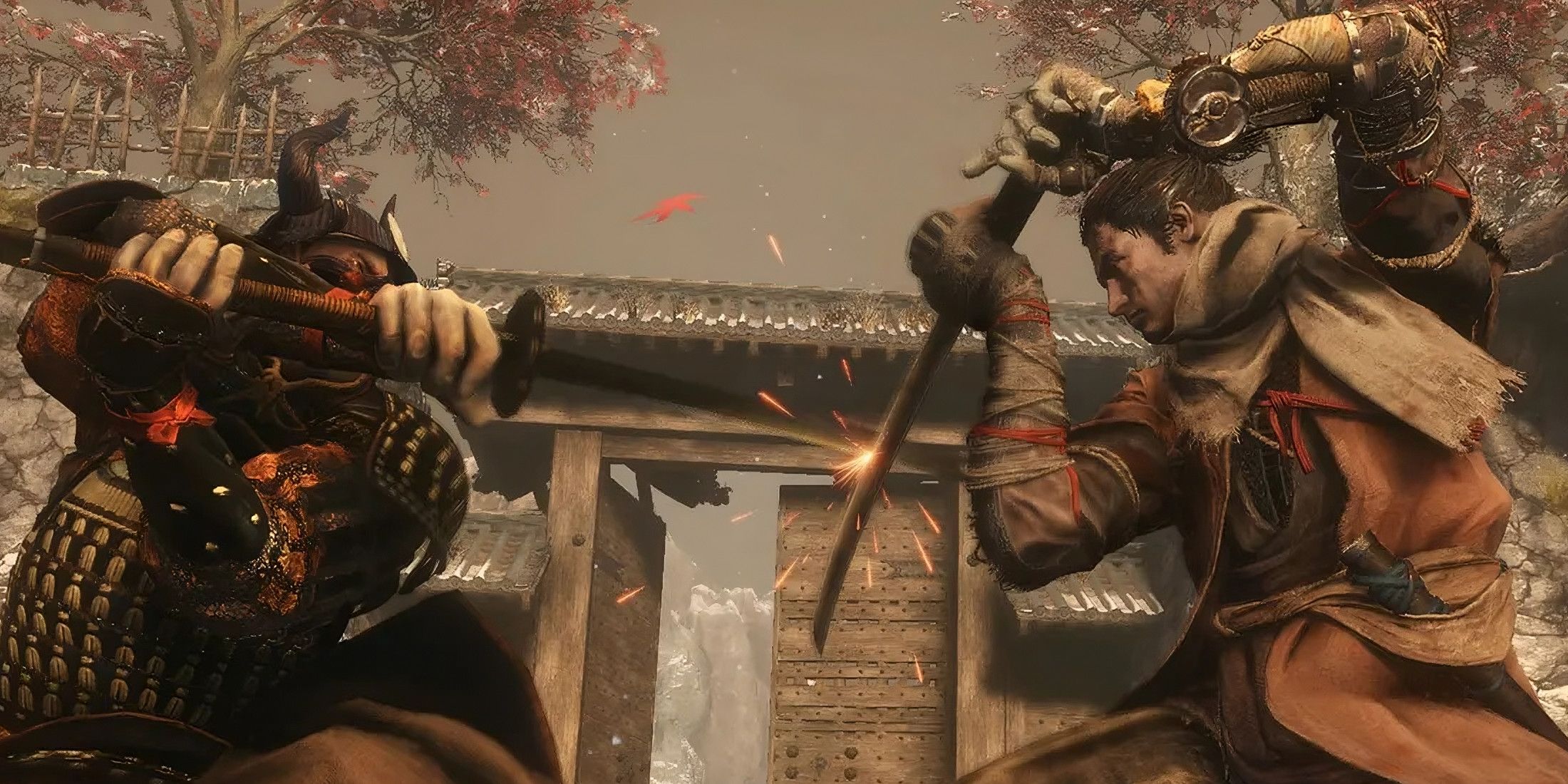
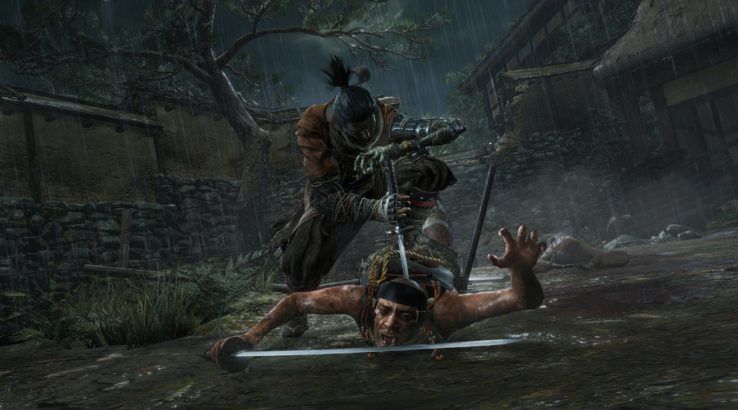
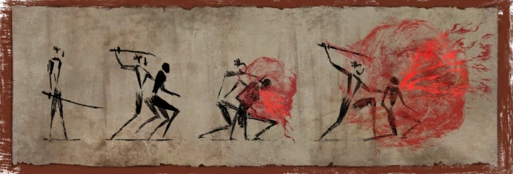
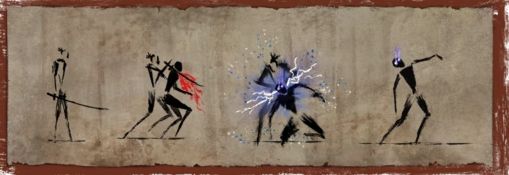
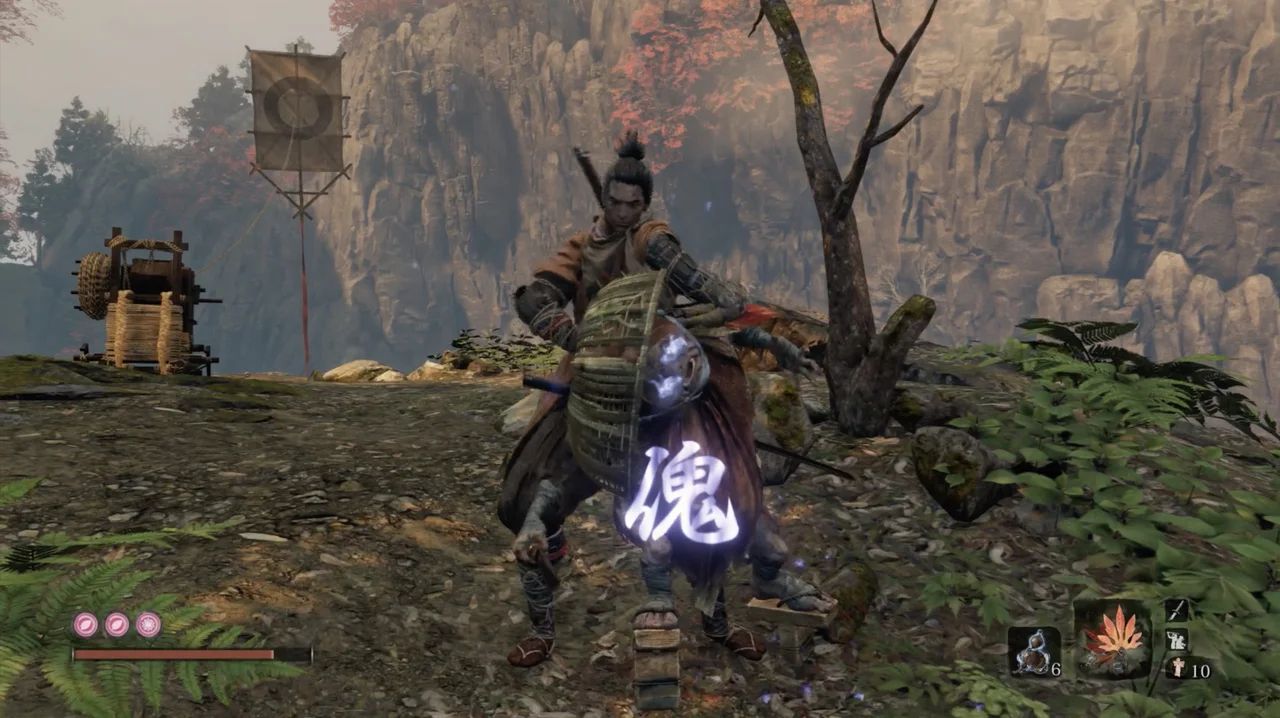





Sekiro’s Ninjutsu Techniques Were a Good Start
In a first for FromSoftware’s action-RPGs, Sekiro: Shadows Die Twice introduced a fairly substantial stealth system, whereby players could crouch and sneak around enemies undetected. One of the main benefits of using this stealth system was the ability to eliminate most enemies instantly, with a red Death Blow symbol appearing on their body when players got close enough to them. While this Death Blow would usually kill an enemy, Sekiro offered the player a handful of Ninjutsu Techniques that would give their stealth kills some kind of special bonus.
There are three Ninjutsu Techniques in Sekiro: Shadows Die Twice. The first Ninjutsu Technique can be acquired after defeating Genichiro atop Ashina Castle, and allows the player to use their opponent’s blood as a smokescreen, concealing them briefly from enemies and allowing them to escape unseen. Defeating the Folding Screen Monkeys will grant the player the Puppeteer Ninjutsu Technique, where they can command an enemy to fight for them for a brief period. The third Ninjutsu Technique is a bit harder to obtain, requiring the player to kill the Headless Ape with the Mortal Blade. This final Ninjutsu Technique drenches the player’s sword in blood, briefly extending its reach.
Generally speaking, Sekiro‘s three Ninjutsu Techniques are pretty fun to use, but they don’t massively affect the game’s general flow. In most boss fights and combat encounters, many players will likely end up forgetting they even have access to these techniques, or will actively avoid using them due to the high number of Spirit Emblems they cost to use. Looking back now, it definitely feels like FromSoftware had the start of a promising concept with Sekiro‘s Ninjutsu Techniques, with them functioning like proto-Weapon Skills from Elden Ring in the way they grant the player a special ability. But they still stand out as one of Sekiro‘s less-explored ideas.
How Sekiro’s Ninjutsu Techniques Could Be Improved in a Sequel
If a Sekiro sequel ever happens, it shouldn’t abandon the original’s Ninjutsu Techniques, but instead expand upon them and tweak what didn’t work. The first improvement to Sekiro‘s Ninjutsu Techniques is obvious: there needs to be more of them. Having just three Ninjutsu Techniques in the original Sekiro gave the mechanic a half-baked feeling, and the best way to avoid that in a sequel is by giving players more of them to choose from.
Another important improvement would be to change the resources needed to use Ninjutsu Techniques. Spirit Emblems are simply too valuable to use on the original Sekiro‘s Ninjutsu Techniques, so it might be better for a potential sequel to remove that resource requirement, and instead limit how many techniques the player can perform in between rests.

